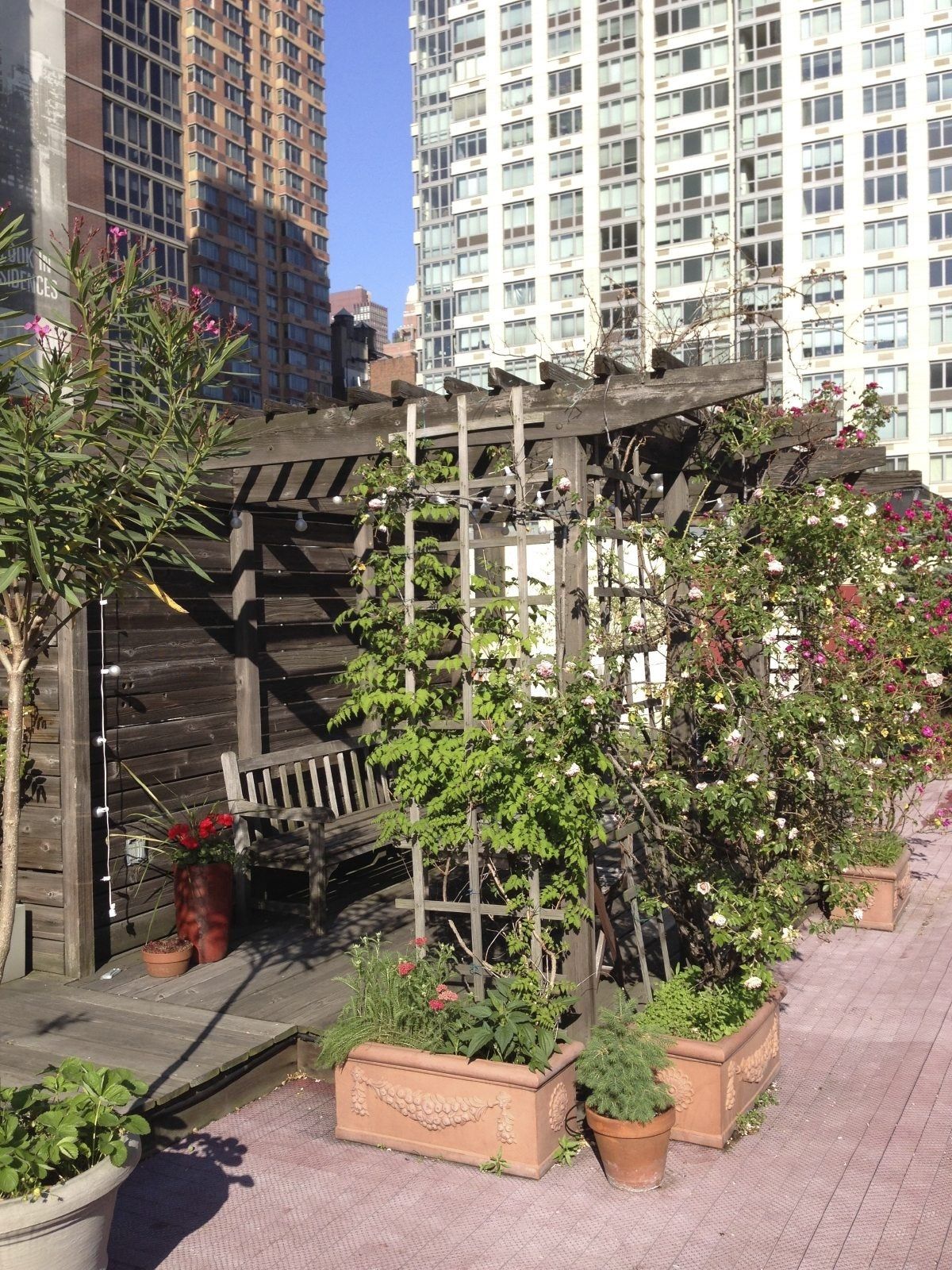6 Simple Techniques For City Blooming
6 Simple Techniques For City Blooming
Blog Article
How City Blooming can Save You Time, Stress, and Money.
Table of ContentsGetting The City Blooming To WorkSome Known Incorrect Statements About City Blooming City Blooming Fundamentals ExplainedTop Guidelines Of City Blooming5 Simple Techniques For City Blooming
Interested in expanding food for sale in the City of Chicago? Below is a list of frequently asked concerns concerning the regulations and guidelines that growers must consider when planning a metropolitan farming task.
The zoning amendment does not change any various other codes dealing with composting, structure licenses, acquiring or leasing City owned property, organization licenses or environmental contamination. There are existing codes that control these problems and they stay in complete effect and might apply to your job. Neighborhood yards are commonly had or managed by public entities, public companies or community-based companies and maintained by volunteers.
Urban ranches expand food that is intended to be marketed, either on a nonprofit or for-profit basis. Due to their industrial objective, city farms need a service certificate. Yes. An area garden is permitted to market surplus create that was expanded on site if the sales are accessory or subservient to the garden's main objective described above.
The smart Trick of City Blooming That Nobody is Talking About
The quantity of compost material can not go beyond 25 cubic backyards at any offered time according to the criteria in 7-28-715 of the City's Municipal Code. Since the dirt at many brand-new garden sites requires changing, garden compost, dirt, wood chips, or various other materials can be obtained to construct or enhance the growing space.

If a building license is called for then the hoophouse will certainly be considered an accessory building. You can learn even more concerning the building authorization demands by calling the Division of Buildings. The 25,000-square-foot dimension restriction is planned to avoid a solitary area garden from controling a given block or diminishing the block's existing domestic or industrial personality.
The limitation does not relate to gardens found in Public Open Space (POS) districts. Can there be greater than one neighborhood yard that is 25,000 square feet on a click to find out more solitary block? Yes. The dimension limitation uses to individual gardens, not to individual blocks. No. Fencing is not required, however, gardens that have large parking areas might be required to set up fence or other landscaping attributes.
An Unbiased View of City Blooming
B1 & B2 areas need that all commercial use tasks be carried out indoors. Is fence needed for city farms? Fences might be needed, along with landscaping and screening, for certain auto parking areas and outside work or storage areas depending on location and the specific activity taking place.
Yes. Urban ranches call for building licenses and zoning authorizations before construction. Other forms of city evaluation may be required depending upon specific structures, activities, size, landscape design, licensing, public heath and stormwater administration problems. Most of these demands are identified in the job style or allowing procedure, however, the applicant may be liable to independently identify specific licenses or permits that might be called for.
Yes. The type of permit is figured out by what is taking place at the website. The Department of Service Matters and Consumer Defense can aid figure out the details sort of business permit that's called for. Yes. Off road vehicle parking is required for a lot of industrial tasks in Chicago. The needed variety of parking areas is based on the variety of employees dealing with site and not the square video footage of the growing area.
The smart Trick of City Blooming That Nobody is Talking About

A metropolitan ranch can sell compost material created on site, nonetheless, the operation needs to comply with the regulations in 7-28-715 of the Chicago Municipal Code. Aquaponic systems are permitted inside on urban farms in numerous zoning areas.
Approximately five hives or swarms of honey might be kept as an accessory usage. Beekeepers must register with the Illinois Division of Farming. For more details about the suggested zoning modification you may get in touch with the Department of Real Estate and Economic Growth, Bureau of Preparation and Zoning at 312.744.8563.
, which takes place in country areas at the side of residential areas.
Little Known Facts About City Blooming.
It can include an activity of natural farmers, "foodies" and "locavores", who look for to create social networks based on a common principles of nature and community holism. These networks can establish using formal institutional support, becoming integrated right into local town preparation as a "transition town" motion for lasting urban development.
Some of the first evidence of city agriculture comes from Mesopotamia.
Report this page